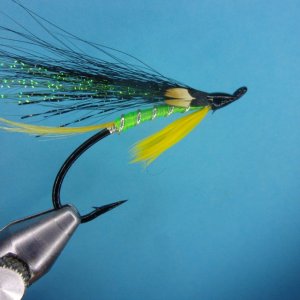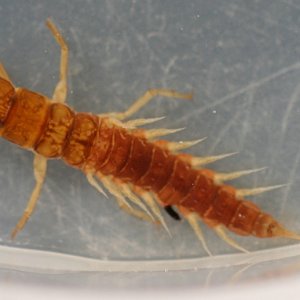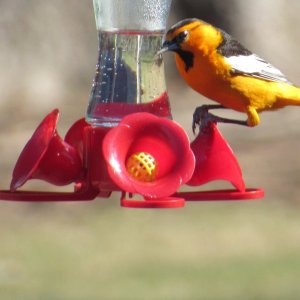Hopefully @Nick Clayton and others who really get after them with flies will also weigh in. In your experience, does it seem that albacore will go after flies/bait that are injured? Or is it always a situation where the faster the better with regards to retrieve? I mean, when you see underwater footage of many pelagic predators, you often see them coming back and feasting on baitfish that have been injured or stunned.
Kind of thinking of this with regards to fly design for once the boat goes into the slide and you can get a bait stop going. Flies that have a more erratic action on the "pause" (more like a glide bait, so still moving) or just fast and straight?
I'm just kinda thinking out loud here with a little bit of "thought diarrhea"....mostly because I haven't really done any research on this and thought I'd just pose the question here for the time being.
Kind of thinking of this with regards to fly design for once the boat goes into the slide and you can get a bait stop going. Flies that have a more erratic action on the "pause" (more like a glide bait, so still moving) or just fast and straight?
I'm just kinda thinking out loud here with a little bit of "thought diarrhea"....mostly because I haven't really done any research on this and thought I'd just pose the question here for the time being.












